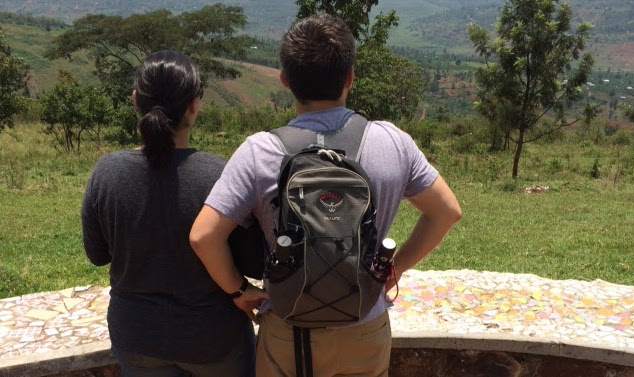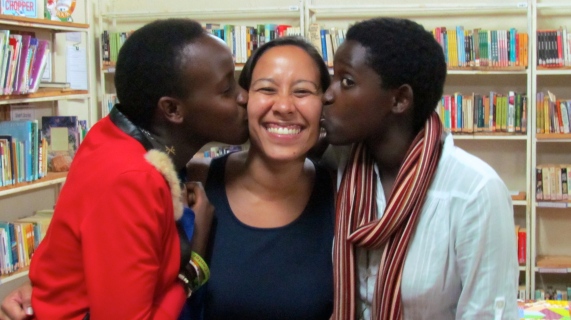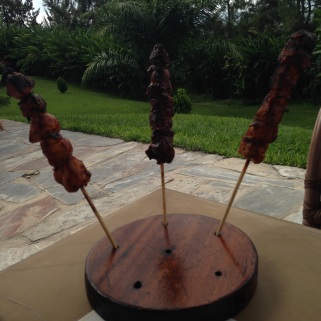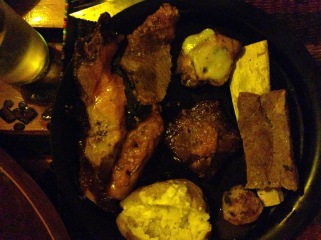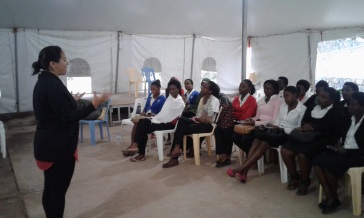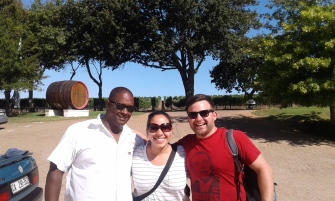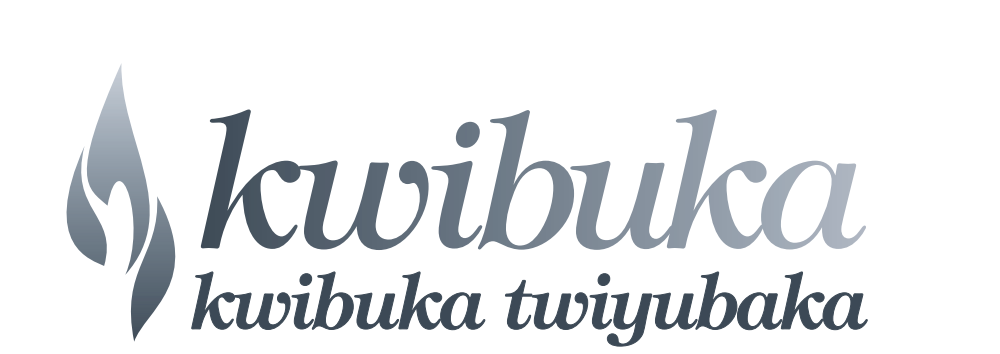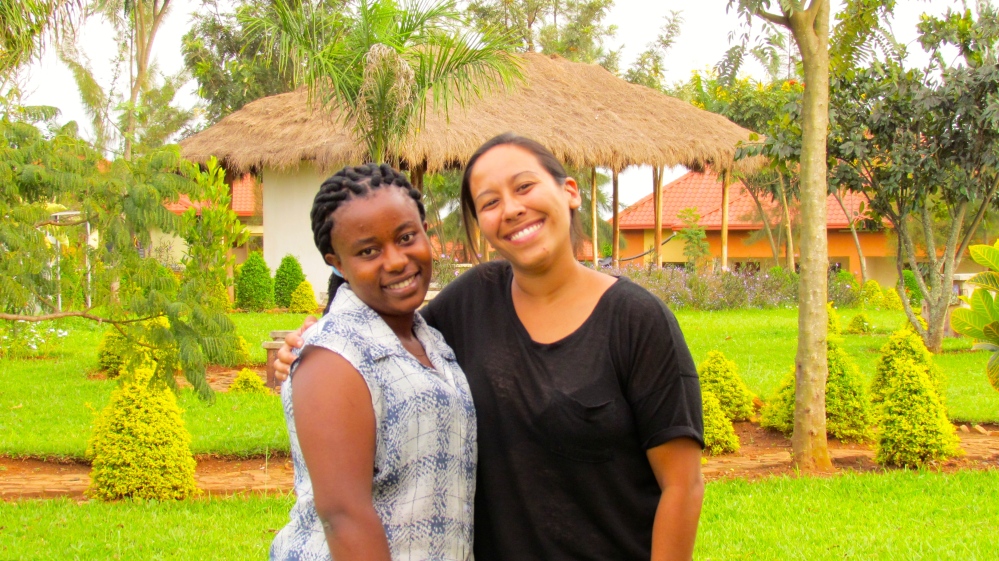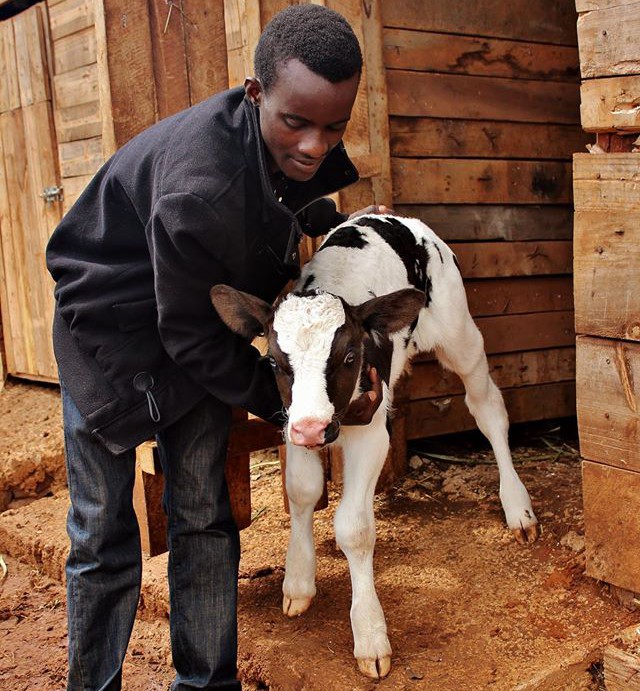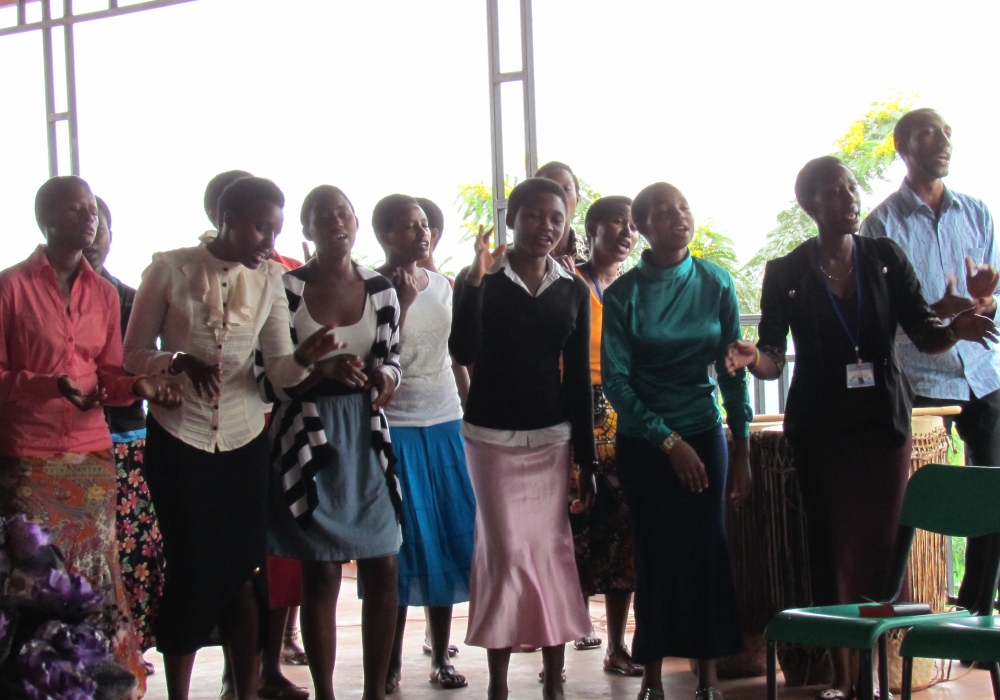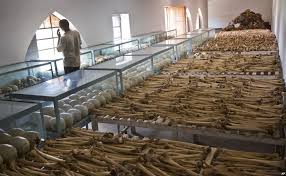“‘And this also,’ said Marlow suddenly, ‘has been one of the dark places of the earth.'”
Joseph Conrad, Heart of Darkness
“Some days circle and circle, some days soar above like kites, some days like hyenas wait for the story to die.”
Juliane Okot Bitek, 100 Days
Twenty-two years after Rwanda plummeted into one hundred days of madness, the week of Kwibuka (Kinyarwanda for remember) for the Tutsi Genocide has drawn to a close. There is both so little and so much to say about an entire nation submerging in blood and its worldwide complicity, whether through choosing blissful ignorance (United States and UK), using bureaucracy to mask cowardice (United Nations) or even covertly supporting it (France).
In Rwanda and in Israel, I have stood along survivors of genocide in a country whose collective narrative is inseparable from that genocide. The parallels are painfully apparent between these two genocides:
A despotic government manipulates animosity against a small minority it portrays as alien, privileged, scheming, and constantly exploiting the true citizens. That animosity, cultivated in poverty, metastasized into open hostility through fear and a dominant culture of conformity. And then the final catalyst needed to mutate hostility into mass murder: war. Citizens become targets to their own neighbors and friends; seemingly overnight, everyone was either assigned as predator or prey.

Rwandans mourn and comfort each other at Kwibuka 22 commemoration event in Kigali.
As slaughter raged, the world turned a blind eye, unable to countenance such mayhem, nor willing to take responsibility to stop it. The United States, Europe and neighboring countries idly looked the other way. In this modern incarnation of Cain and Abel, the Catholic Church provided no refuge for Abel and local clergy even joined Cain. Eventually the madness subsided with invading soldiers restoring order but as emaciated and dazed survivors emerged, the staggering human and psychological toll had already been paid.
The broad strokes of 1945 and 1994 are hauntingly familiar, but the distinctions are clear. Of the many differences, I focus on four.
Banality vs. Bloodlust of Evil
Nazis and Hutu extremists took opposite approaches to dehumanize their victims. The Third Reich reduced victims into numbers and mass murder into a sterilized bureaucracy. The S.S. shuttled Jews, Gypsies and others to remote camps to give Germans and collaborators psychological space and let people feel the genocide was outside their realm. This was the unspoken pact between perpetrators and bystanders: kill millions and pretend it’s not happening.
Not the case in Rwanda. Killers reveled in the orgy of blood. The planners’ strategy was to nullify the criminality of genocide by casting guilt on everyone. Instead of using bureaucracy as an anesthetic for the murderers, the genocidaires celebrated murder as an act of community consecration. The Interahamwe (local death squads) conscribed every Hutu man to kill Tutsis or provide material support to the effort. Consequently, Tutsis were chased and called out by name by their neighbors, friends, and even family.
Genocide as Ends or Genocide as Means
One of the Holocaust’s great paradoxes was the extreme operational rationality used to achieve an irrational aim. Hitler’s ultimate aspiration for “Greater Germany” was undermined by the Holocaust since it diverted significant resources from battlefields to concentration camps, with no resulting benefit.
Not the case in Rwanda. Killing Tutsis was not a goal, but the chosen method of a corrupt, hateful cadre of politicians and generals to retain power. Hutu extremists saw the sun setting on their reign and to prevent its end, they incentivized poor Hutus to kill their Tutsi neighbors and claim their possessions. Many genocidaires have admitted that they spent as much time looting as killing. These leaders believed the genocide would go unpunished and would eliminate the prospect of any future power-sharing agreement. The genocide may have looked like an eruption of passion, but it was planned along cool political calculus.
Tel Aviv isn’t in Treblinka
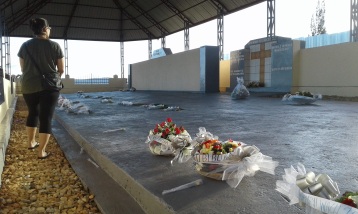
Jamie and I visited the site of a mass grave for genocide victims, which sits about a quarter mile from our house.
The most salient distinction resides in the nature of the recovery process. Holocaust survivors left Europe for Israel and the US to start over and Nazis have rightly become synonymous with evil. Physical and moral distance from one’s oppressor bolsters the psychological rehabilitation.
Not the case in Rwanda. The moral distance is compressed and there is zero physical distance. While Jews ask, “How could we suffer this?” Rwandans ask, “How could we suffer and perpetrate this?” Tremendous effort has been invested into reconciling survivors and perpetrators, but there is no precedent for two sides of a genocide living together afterwards. While thousands have been imprisoned for their involvement, justice is a relative, and tortured term. Rwanda turns “No Justice, No Peace!” on its head. Justice and peace have become conflicting values. If justice were truly served then all perpetrators would be imprisoned. But then Rwanda would sink even deeper into poverty, ushering in starvation, crime, hopelessness, war, and that’s right: another genocide.
Thousands of confessed perpetrators were freed, returning to their homes and working next to their former prey. How are the widowed and orphaned survivors supposed to find justice in a world where their former murderers have been reunited with their family and fields? In Rwanda, survivors have been asked to concede personal justice in the interest of national peace.
Sirens and Hands
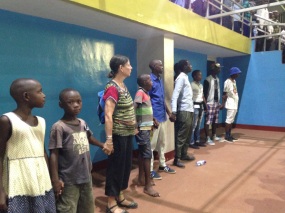
Phyllis holds hands with Rwandans during a moment of remembrance as a community.
Kwibuka Week crescendos at Amahoro National Stadium during a nationally televised ceremony. At the culminating moment, tens of thousands in attendance stand and hold hands. On Israel’s Yom HaShoah (Holocaust Remembrance Day), sirens blare across the country and the nation stands at attention. The difference between holding hands and listening to a siren is telling: sirens remind Israel to be vigilant against outside oppressors; holding hands reminds Rwanda that our touch has the power to destroy and the power to protect each other. Both bare witness to the nadir of their people and call on us to confront evil wherever we see it. May we all raise our consciousness, empathy and care towards those who are suffering, from Burundi to Syria.
To learn more about the 1994 Rwandan Genocide, I recommend Phillip Gourevitch’s “We Wish to Inform you that Tomorrow We will be Killed with our Families,” Steven Kinzer’s “A Thousand Hills” and Jean Hatzfield’s literary trilogy “Life Laid Bare,” “Machete Season,” and “The Antelope’s Strategy.”

